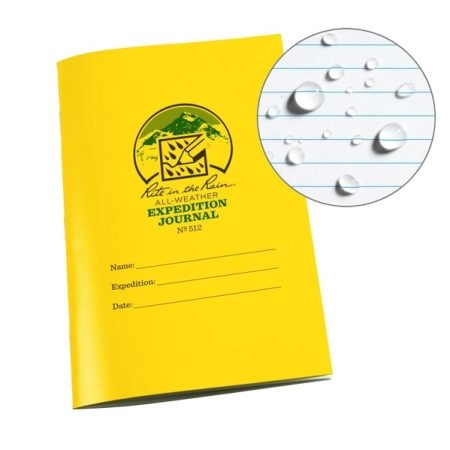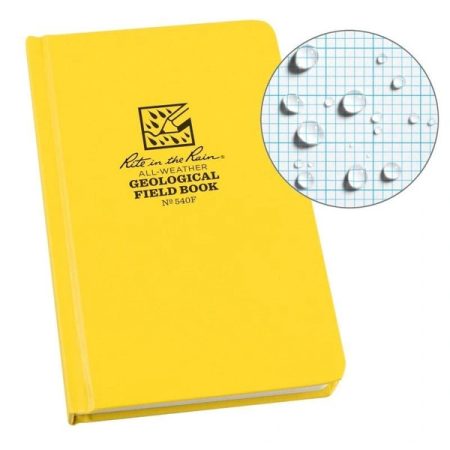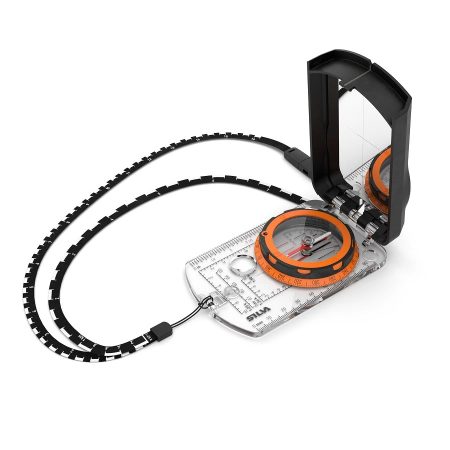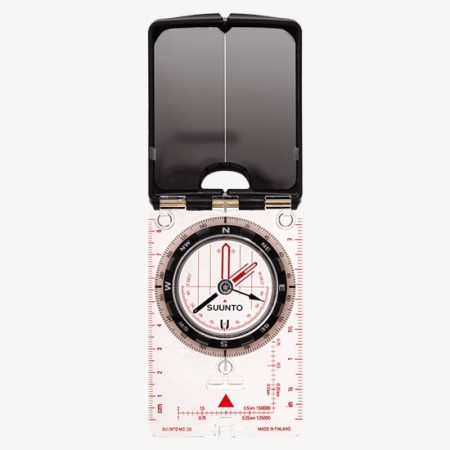£14.00 ex VAT
Chartwell 2026 is a field notebook is suitable for any number of uses, due to the mostly blank pages it has, save for two red vertical lines on each page for entering data. The hardback book allows information to be entered according to your field of work or study or for field diagrams and sketches to be drawn. Made from rag bond paper which dries out quickly when wet, the book contains 80 leaves in total.
Specifications:
Chartwell Survey Notebook – 2026 model is a common field notebook for use in surveying, and earth science sectors or fields of study. It features a bright yellow cover for high visibility, useful if you accidentally drop or misplace your book. The covers are hard, further providing you with a flat, sturdy surface to write or sketch upon. Quite useful especially when out in the field. Top bound, it opens from the top and over, allowing notes from one side right to the others. Overall this notebook measures 203 x 127 mm and is handy to place in your rucksack, carry in your hand or even slip into large coat pockets.
The Chartwell Survey Notebook – 2026 version contains 80 leaves of 50% rag bond paper. It is water resistant and quick drying, ensuring no loss of notes or sketches taken. Especially in environments where the elements can change from one moment to the next. The pages are held and sewn with rot-proof thread, so will not unravel when wet. Thanks to the high cotton linter count, the paper also has fantastic tear-resistance and strength. Again, all of these features serve these notebooks well in the field where conditions are not always preferable.
The pages are all mostly blank, allowing for both notes and field sketches to be done without background lines or graph squares. Additionally, two red vertical lines down the center are also present. This is for noting down separate information for quickly referring back to, in reference to the main notes. For example, geologists may wish to note down dip and strike measurements in this column. Whereas other earth scientists, foresters, or ecologists and so, may wish to note down tree heights. Engineers in turn will wish to jot down slope angles and percentages here. Therefore, field notebooks are an important requirement for field work, alongside other common items. Such as a compass clinometer, hand lens, and a geological hammer.
For further information on how to use and take notes for geological fieldwork, please click, HERE.




